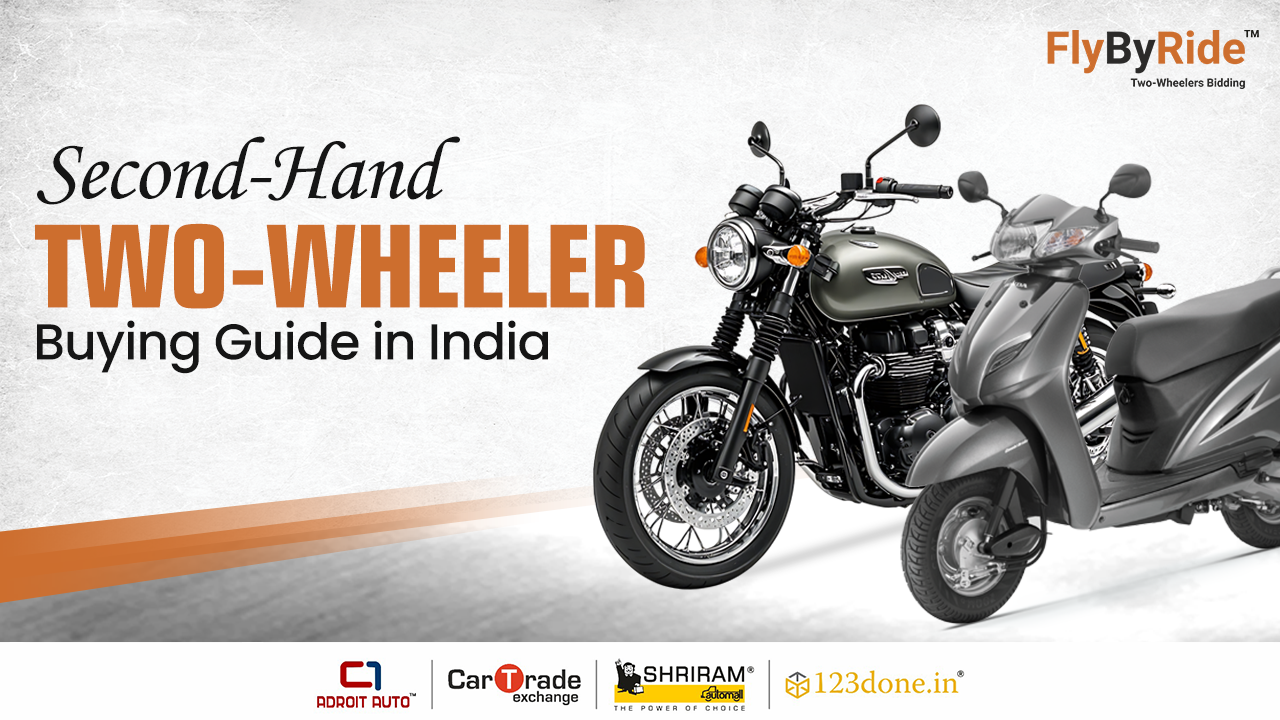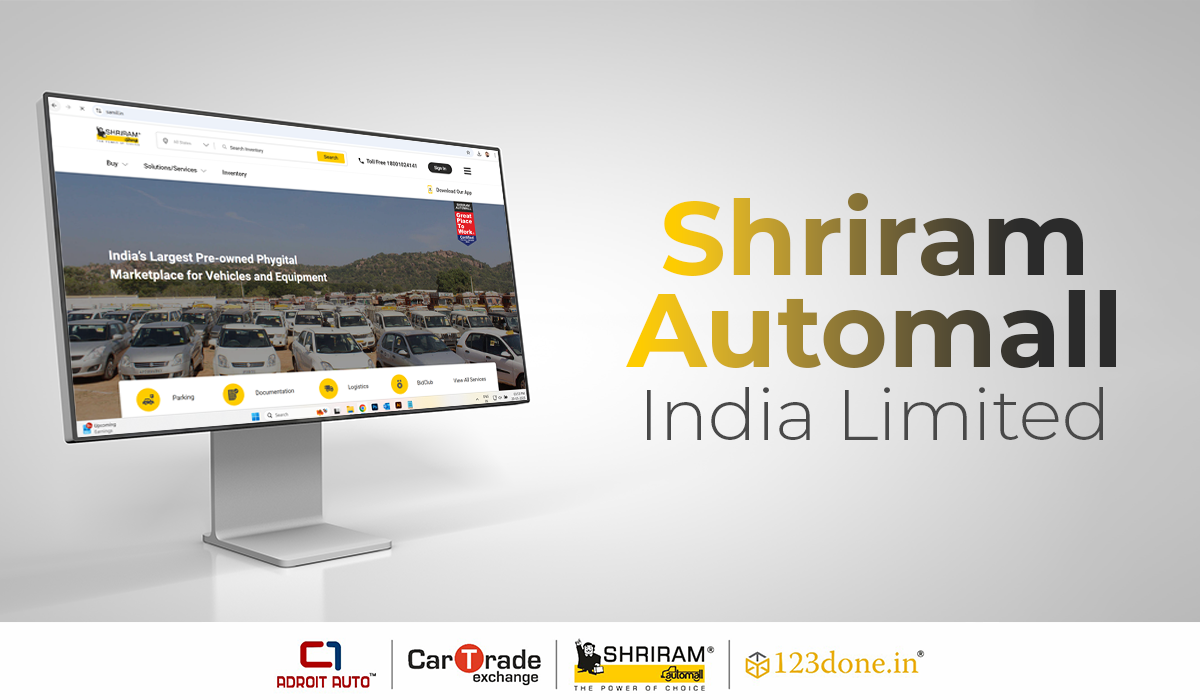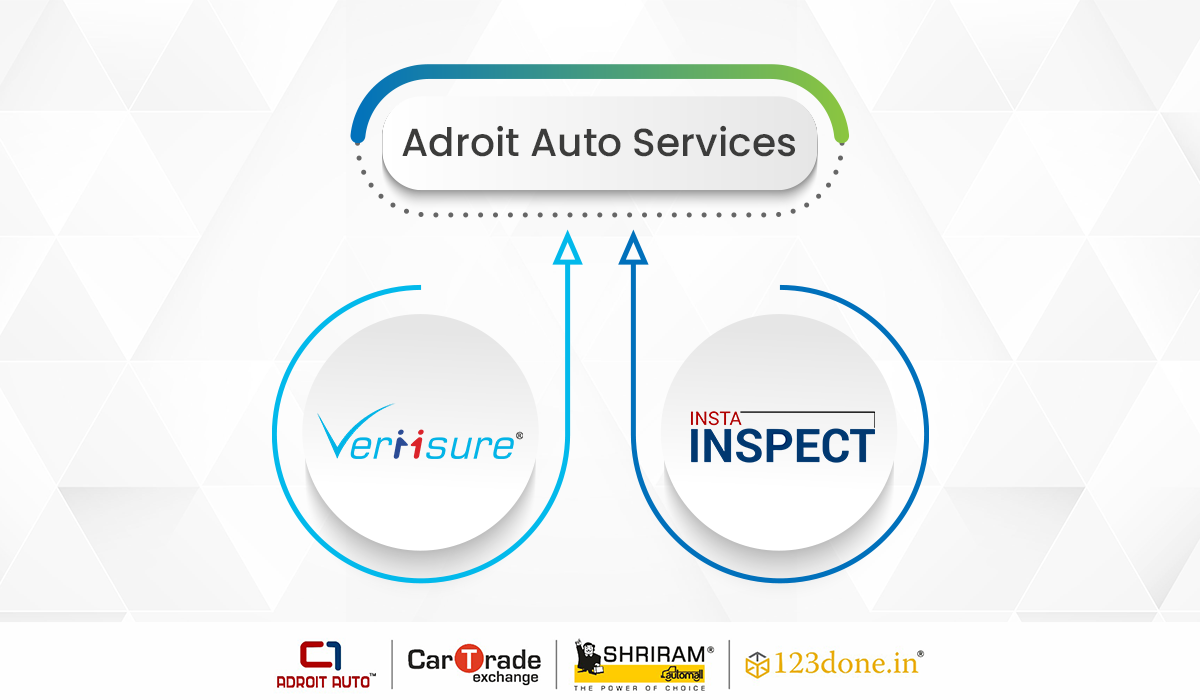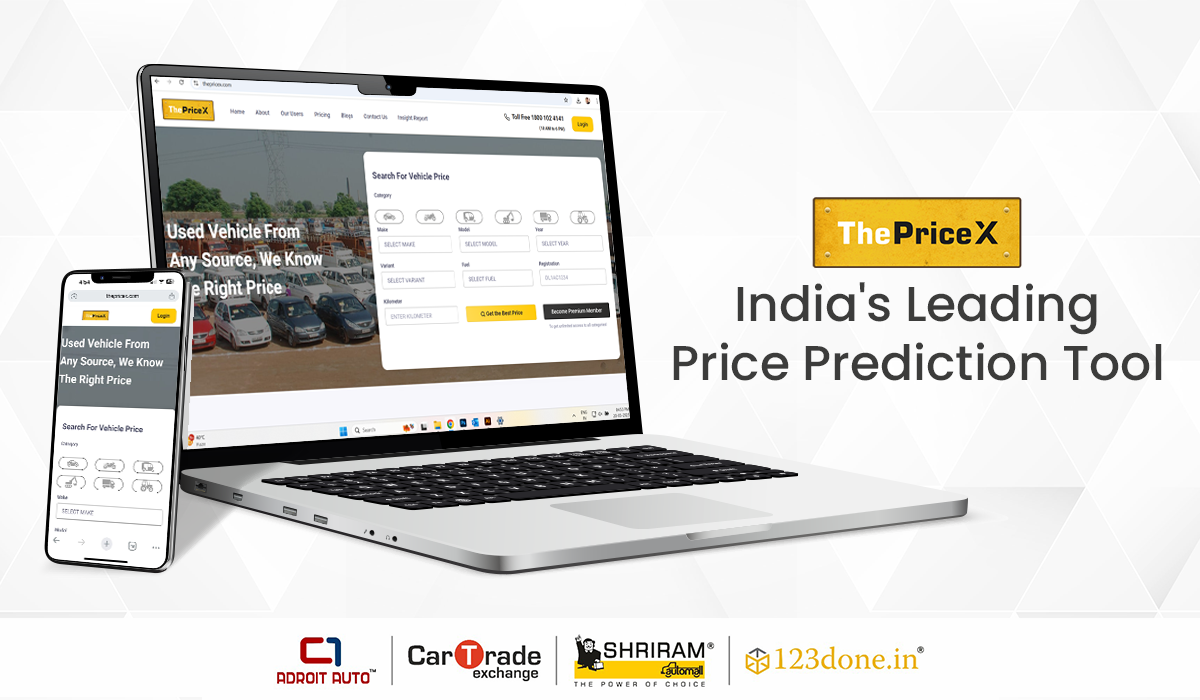Second-Hand Two-Wheeler Buying Guide in India

Purchasing a second-hand two-wheeler in India is a smart financial decision, especially for individuals who are budget-conscious, first-time riders, or seeking a cost-effective commute option. With the Indian market flooded with scooters, motorcycles, and premium bikes, there’s a thriving ecosystem for used two-wheelers that offers substantial value for money. However, navigating the market without proper guidance can be overwhelming.
This comprehensive guide will walk you through everything you need to know before buying a second-hand two-wheeler in India—from understanding the market to evaluating condition, negotiating prices, and ensuring legal formalities are complete. Whether you’re buying your first old two-wheeler or adding another to your fleet, this guide will help you make an informed decision.
Understanding the Appeal of the Second-Hand Two-Wheeler Market
The second-hand two-wheeler market has its own appeal when it comes to efficient and cost-effective commute options. Let us look at certain appealing aspects of the old second-hand two-wheeler market and why is it so famous:
Why Choose a Used Two-Wheeler?
The used two-wheeler market in India has grown exponentially due to multiple factors:
Affordability: Second-hand two-wheelers cost significantly less than new ones, making them ideal for students, daily commuters, and those on a tight budget.
Slower Depreciation: New bikes lose value rapidly in the first few years. An old two-wheeler has already undergone most of its depreciation, making it a better value.
Wider Selection: From basic scooters to superbikes, the used market offers an expansive range of models.
Lower Insurance Premiums: Older vehicles attract lower insurance premiums compared to new ones.
Reduced Loan Burden: Many buyers can afford to buy a used two-wheeler outright, avoiding long-term EMIs and interest payments.
Researching the Right Second-Hand Two-Wheeler for You
Researching before buying any vehicle is of utmost importance since this lets you create a roadmap before making a decision that you might regret later. Hence. Let us help you with the correct research process and what exactly to look for:
Define Your Needs
Start by assessing your requirements. Are you looking for a scooter for daily commuting, a commuter bike with good mileage, or a premium motorcycle for long rides? The answer will help narrow your search.
-
Scooters like the Honda Activa or TVS Jupiter are ideal for city commuting and short distances.
-
Commuter bikes like Bajaj Pulsar, Hero Splendor, and TVS Apache are fuel-efficient and rugged.
-
Premium bikes like Royal Enfield, KTM Duke, or Yamaha R15 are best suited for enthusiasts or long-distance riders.
Set a Realistic Budget
Apart from the purchase cost, include registration transfer charges, insurance renewal, maintenance costs, and possible repair expenses. On average, a good-quality second-hand two-wheeler can cost between ₹20,000 to ₹1.5 lakh, depending on the brand, model, and year.
Where to Buy a Used Two-Wheeler in India
India has become a hub for pre-owned vehicles sector, and it has only been going up. But with this, the options to buy from a genuine place are becoming diverse. Let us help you find the best platform to buy used two-wheelers:
Authorized Dealerships
Some manufacturers offer certified pre-owned programs through their dealerships. These come with warranty coverage, vehicle checks, and servicing.
Online Classifieds and Platforms
Websites and apps like Shriram Automall, CarTrade Exchange, etc allow buyers to browse listings, connect with sellers, and sometimes even offer inspection reports.

Local Mechanics and Workshops
Mechanics often know about bikes being sold in the neighbourhood and can give firsthand information about the vehicle’s condition.
Friends and Family
Buying from someone you know personally can be less risky, as the history of the vehicle is usually clearer and negotiations are simpler.
Inspecting a Second-Hand Two-Wheeler
Inspecting an old two-wheeler, or any other used vehicle for that matter is very essential. Be it a second-hand ride, you are still spending a decent amount for your dream ride, so let us guide you through a proper inspection process:
Physical Inspection
When you go to see a second-hand two-wheeler, inspect the following aspects:
Chassis and Body: Check for dents, rust, cracks, or mismatched paint that could indicate previous accidents.
Tires and Wheels: Inspect tire treads and look for any sidewall cracks or uneven wear.
Engine Condition: Start the engine and listen for unusual noises. Rev it gently and observe any smoke or oil leakage.
Suspension and Brakes: Test both front and rear brakes. Push the vehicle to test suspension rebound.
Odometer Reading: While odometers can be tampered with, a very low reading on an older vehicle should raise questions.
Test Ride
Never skip the test ride. Pay attention to gear shifts, clutch feel, brake performance, vibrations, and handling. The bike should not wobble, vibrate excessively, or feel unstable.
Service History and Maintenance Records
A well-maintained used two-wheeler often comes with a record of periodic servicing. Ask for service logs, invoices, and any major repair details.
Platforms such as Shriram Automall provide you well-inspected used two-wheelers through Adroit Auto’s Inspection and Verification services- Veriisure & InstaInspect. These services ensure that the vehicle you’ve chosen is verified and in a good condition.

Evaluating Ownership Documents and Legal Aspects
Buying a second-hand two-wheeler without verifying documents can land you in legal trouble. Ensure that all paperwork is in order:
Registration Certificate (RC)
The RC book/card should match the seller's name and provide accurate engine and chassis numbers. Cross-check this with the physical vehicle.
Insurance Papers
Check if the insurance is valid. A third-party insurance cover is mandatory, but comprehensive insurance offers better protection. Ensure it will be transferred to your name after purchase.
PUC Certificate
Pollution Under Control (PUC) certificate is required by law. The seller should provide a valid certificate with the vehicle.
Road Tax Receipt
Ensure the road tax has been paid in full. If the vehicle was purchased in another state, you may need an NOC from the RTO of the original state.
Form 28, 29, and 30
These forms are mandatory for ownership transfer and are submitted to the RTO. They include:
Form 28 – No Objection Certificate (NOC)
Form 29 – Notice of Transfer of Ownership
Form 30 – Application for Transfer of Ownership
Loan Hypothecation (If Any)
If the vehicle was financed through a loan, ensure that the bank has removed the hypothecation from the RC after loan repayment.
Negotiating Price and Closing the Deal
Now, during your research, you set a budget, this is the time that you stick to it and negotiate. You can try and negotiate below your budget but never go higher. Try to be smart and look for other options is the bargain is more.
Know the Market Price
Use online tools or price estimator from Shriram Automall, The PriceX, to understand the fair market value of the used two-wheeler model you are considering.

Factor in Repairs and Wear
If you notice that the tires are worn out, brakes are weak, or servicing is overdue, use that to negotiate a lower price.
Be Polite but Firm
Approach the negotiation respectfully. Sellers are often open to reasonable offers, especially if the vehicle has been on sale for a while.
Take a Mechanic Along
If you’re unsure about mechanical aspects, bring a trusted mechanic for a second opinion. This can give you bargaining power and peace of mind.
Transferring Ownership and Registration
Post-buying procedure is also hectic but must be done in-time to ensure that no problems are faced in the future. Below is a checklist provided to you for the same.
Visit the RTO
Both the buyer and seller need to submit necessary documents at the local RTO. This includes the signed RC, Form 29 & 30, ID proof, and photographs.
Pay Transfer Charges
There is a nominal fee for transferring the registration of a used two-wheeler. It varies slightly depending on the state.
Update Insurance
Inform the insurer about the change in ownership and ensure the insurance policy is updated with your name and details.
Post-Purchase Checklist
Change Engine Oil
Even if the previous owner claims recent servicing, it’s advisable to change the engine oil for a fresh start.
Replace Brake Pads and Air Filter
Basic wear-and-tear components should be checked or replaced to ensure optimal performance.
Get a Spare Key Made
If the used two-wheeler comes with only one key, immediately get a spare made for emergencies.
Service and Clean Thoroughly
Get the vehicle serviced at an authorized centre. A professional cleaning or detailing can make the bike feel almost new.
Things to Avoid While Buying a Used Two-Wheeler
-
Avoid buying a second-hand two-wheeler without inspecting it in person.
-
Don’t rely solely on photos or online ads—always test ride and verify documents.
-
Stay away from deals that seem “too good to be true”—they often are.
-
Do not skip the ownership transfer process—it could lead to legal complications later.
Should You Consider Buying a Refurbished Two-Wheeler?
Many companies now offer refurbished two-wheelers that have undergone multi-point inspection, part replacement, and warranty addition. These are ideal for buyers looking for the safety of certification along with cost-saving benefits.
Brands like CredR, OLX Autos, and Mahindra First Choice are making refurbished two-wheelers more accessible across Indian cities.
Conclusion
Purchasing a second-hand two-wheeler in India is more than just a budget-friendly choice—it's a financially smart and practical decision, especially for today’s dynamic urban and rural mobility needs. With India’s ever-growing demand for affordable transportation and the vast variety of used motorcycles, scooters, and premium bikes available in the market, owning a reliable second-hand two-wheeler is now easier and more rewarding than ever before.
The pre-owned two-wheeler segment in India has evolved significantly over the past decade. Trusted platforms like Shriram Automall, CarTradeEchange, CarWale, etc, have streamlined the used bike buying process, offering verified listings, inspection reports, and even warranty-backed options. This has brought transparency, reliability, and peace of mind to a market that was once dominated by uncertainty and informal transactions.
One of the primary reasons why millions of Indians opt for used two-wheelers is cost-efficiency. With rising fuel prices and fluctuating economic conditions, owning a second-hand vehicle helps cut down on initial investment, recurring insurance premiums, and monthly EMIs. Many budget-conscious individuals, including college students, delivery executives, daily commuters, and even rural residents, find immense value in pre-owned scooters and motorcycles that offer decent mileage and low maintenance costs.
Another overlooked benefit is slower depreciation. Unlike new two-wheelers that lose a major chunk of their value in the first year, used bikes have already undergone the bulk of depreciation. This means you get more value for your money and, in some cases, may even recover most of your cost if you resell the vehicle later.
However, the key to making a wise purchase lies in following a systematic and informed approach. Start by clearly understanding your commuting needs, defining a realistic budget, and shortlisting brands or models known for their performance and resale value. Always verify the ownership documents, service history, and take a proper test ride. A professional inspection—either from a mechanic or through verified platforms—can help you avoid hidden issues and ensure long-term satisfaction.
Legal formalities such as RC transfer, insurance update, and PUC certification should never be skipped. These documents protect you from future disputes, penalties, and legal liabilities. Many states in India now allow online services for ownership transfer, making the process faster and more convenient.
In addition, if you’re unsure about buying from an individual seller, consider refurbished two-wheelers. These are thoroughly reconditioned bikes that come with certification and warranty, offering the best of both worlds—cost savings and quality assurance.
In conclusion, if you’re looking for a budget-friendly, reliable, and sustainable mode of transport, buying a second-hand two-wheeler in India is undoubtedly one of the smartest decisions you can make. Just follow the right steps, verify the paperwork, and choose a trusted platform or source. With a little diligence, you can own a great bike that meets your needs without breaking the bank.
Frequently Asked Questions (FAQs)
1. Why should I consider buying a second-hand two-wheeler instead of a new one?
Buying a used two-wheeler can save you significant money, offer lower insurance premiums, and reduce the impact of depreciation. It’s an ideal option for first-time riders, students, or budget-conscious commuters.
2. What are the most reliable second-hand two-wheeler models in India?
Popular and reliable choices include scooters like Honda Activa and TVS Jupiter, commuter bikes like Hero Splendor, Bajaj Pulsar, and TVS Apache, and premium bikes like Royal Enfield, KTM Duke, and Yamaha R15.
3. Where can I buy a second-hand two-wheeler in India?
You can buy from authorized dealerships, online platforms like Shriram Automall, CarTrade Exchange, local mechanics/workshops, or friends and family for trusted transactions.
4. What documents are essential when buying a used two-wheeler?
You’ll need the Registration Certificate (RC), insurance papers, PUC certificate, road tax receipt, and Forms 28, 29, and 30 for ownership transfer. If financed, ensure the loan hypothecation is cleared.
5. How do I inspect a second-hand two-wheeler before buying?
Check for physical damages, tire wear, engine performance, suspension, brakes, and odometer reading. Always take a test ride and try to get the service history if available.
6. How do I verify the bike is not stolen or has legal issues?
Cross-check the RC details with the chassis and engine numbers, verify ownership, and check for pending challans or legal cases on the RTO or Vahan website.
7. What is the typical price range for used two-wheelers in India?
Prices can vary between ₹20,000 to ₹1.5 lakh, depending on the model, age, and condition of the bike. Don’t forget to include additional costs like registration transfer and repairs.
8. Can I get financing for a second-hand two-wheeler?
Yes, several financial institutions and platforms offer loans for used bikes, though interest rates may be slightly higher than new vehicle loans.
9. What steps are involved in transferring ownership?
Both buyer and seller must submit documents to the local RTO, including Forms 29 and 30. Pay the transfer fee, update the insurance policy, and collect the new RC in your name.
10. Are refurbished two-wheelers a good option?
Yes. Refurbished bikes undergo multi-point inspections and may come with a limited warranty, offering added peace of mind.

 Download Our App
Download Our App



